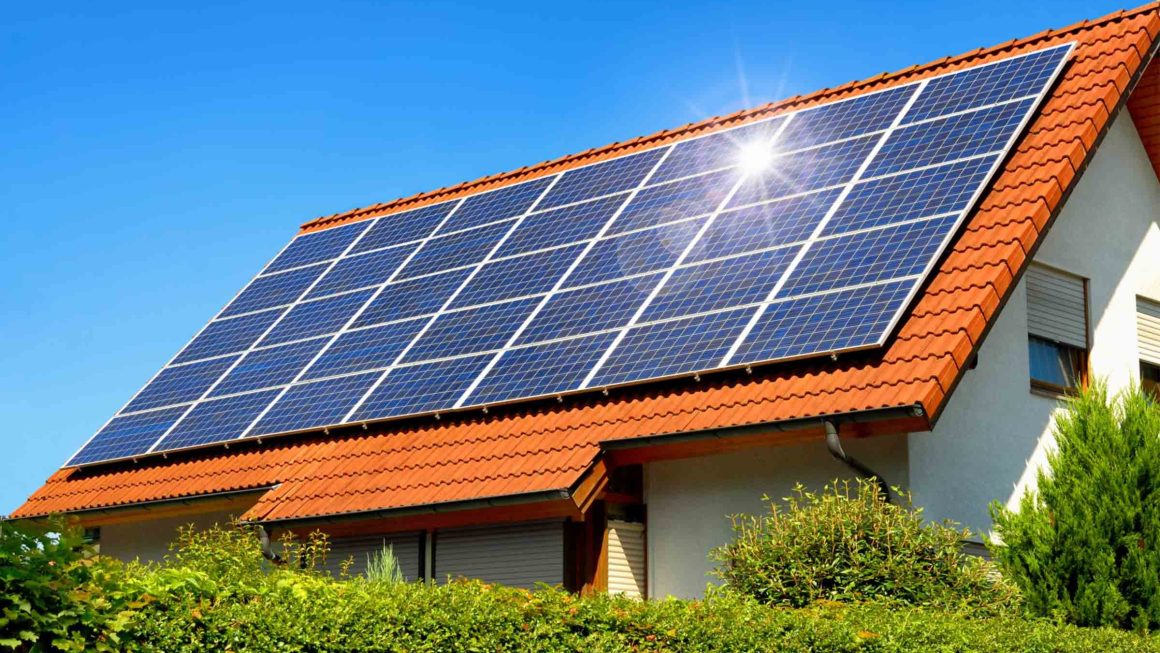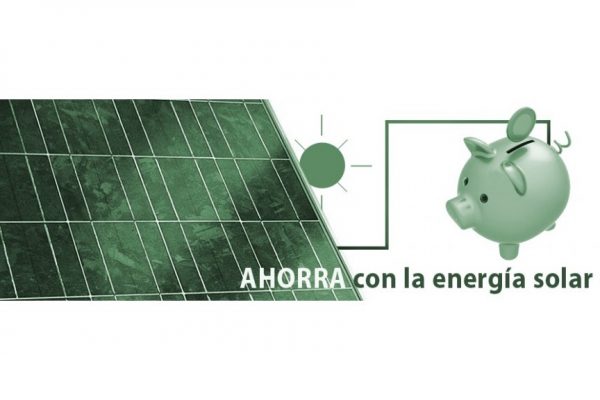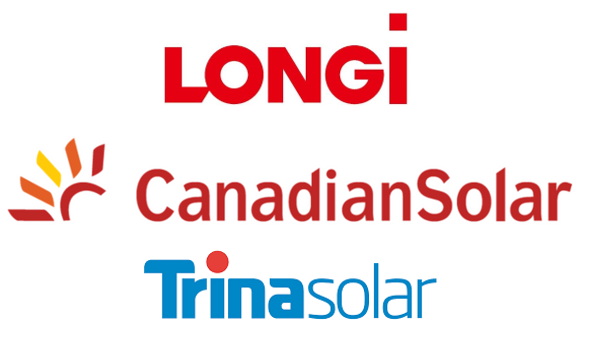Mixing solar panels of different brands is possible, but there are some important considerations to take into account before doing so:
- Electrical compatibility: It is important that the solar panels being considered for connection have compatible electrical characteristics. This includes power rating (in watts), current and operating voltage. By combining panels with different specifications, it can affect the overall efficiency of the system. Some key electrical issues to consider:
- Power rating (Wattage): Solar panels should have similar power ratings to ensure consistent performance across the system. Mixing panels with very different wattages can result in power generation imbalances.
- Open Circuit Voltage (Voc) and Maximum Power Point Voltage (Vmpp): It is important that the values of Voc and Vmpp are compatible. The open circuit voltage is the maximum voltage that a panel can reach with no load, while the maximum power point voltage is the voltage at which the maximum efficiency of the panel is achieved.
- Short Circuit Current (Isc) and Maximum Power Point Current (Impp): As with voltage, the short circuit and maximum power point currents must be comparable to ensure electrical compatibility. It is not recommended that the Isc of panels of different brands vary by more than 10%.
- Number and configuration of solar cells: Solar panels of different brands may have different configurations and numbers of solar cells. Make sure that the combination of panels has a compatible electrical configuration.
2. Operating temperature: Solar panels should have similar operating temperature ranges. Extreme temperature variations can affect their performance.
3. Physical compatibility: Solar panels should be compatible in terms of size and mounting. It is necessary to ensure that they fit properly in the planned configuration.
4. Age and wear: The age and wear of solar panels can affect their performance. If panels of different ages are mixed, older panels may have reduced efficiency compared to newer ones.
5. Warranties and brands: Consider the warranties offered by each manufacturer and how they are affected when different brands are combined. Some warranties may be voided if panels of different brands are mixed.
6. Maintenance and monitoring: Different brands may have different monitoring and maintenance systems. Understand how these differences can affect the long-term management and maintenance of the system.
7. Inverters and charge controllers: Inverters and charge controllers must be able to handle variations in solar panel specifications. Check that these components are compatible with the combination of panels being considered.
8. Aesthetics and design: For some owners it is also important to consider the aesthetics of the system and how it will look with panels of different brands. This need not directly affect performance.
In conclusion, it is possible to use solar panels of different brands in the same installation if the parameters discussed in this post are taken into account. In addition, it is recommended that before a large-scale installation, small tests are carried out to ensure that panels of different brands work well together and do not present incompatibility problems.





